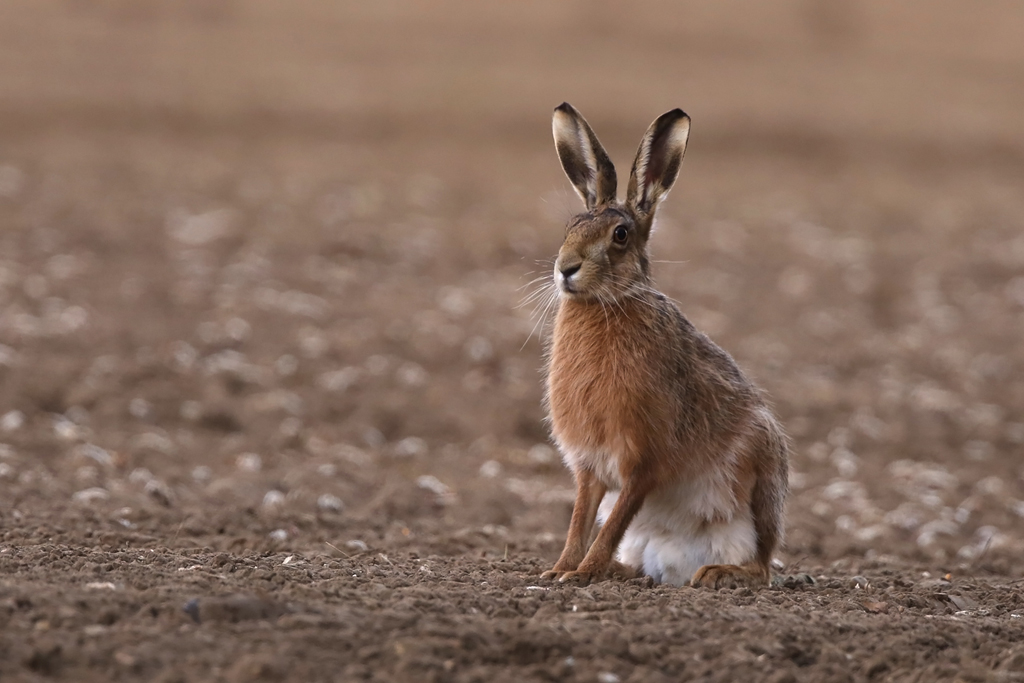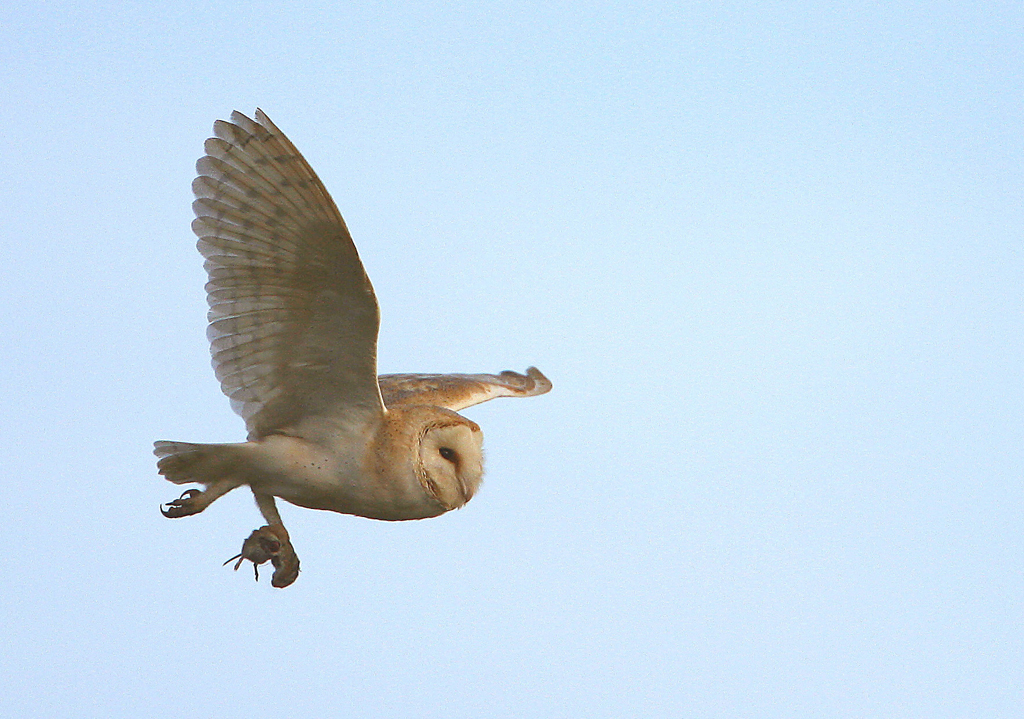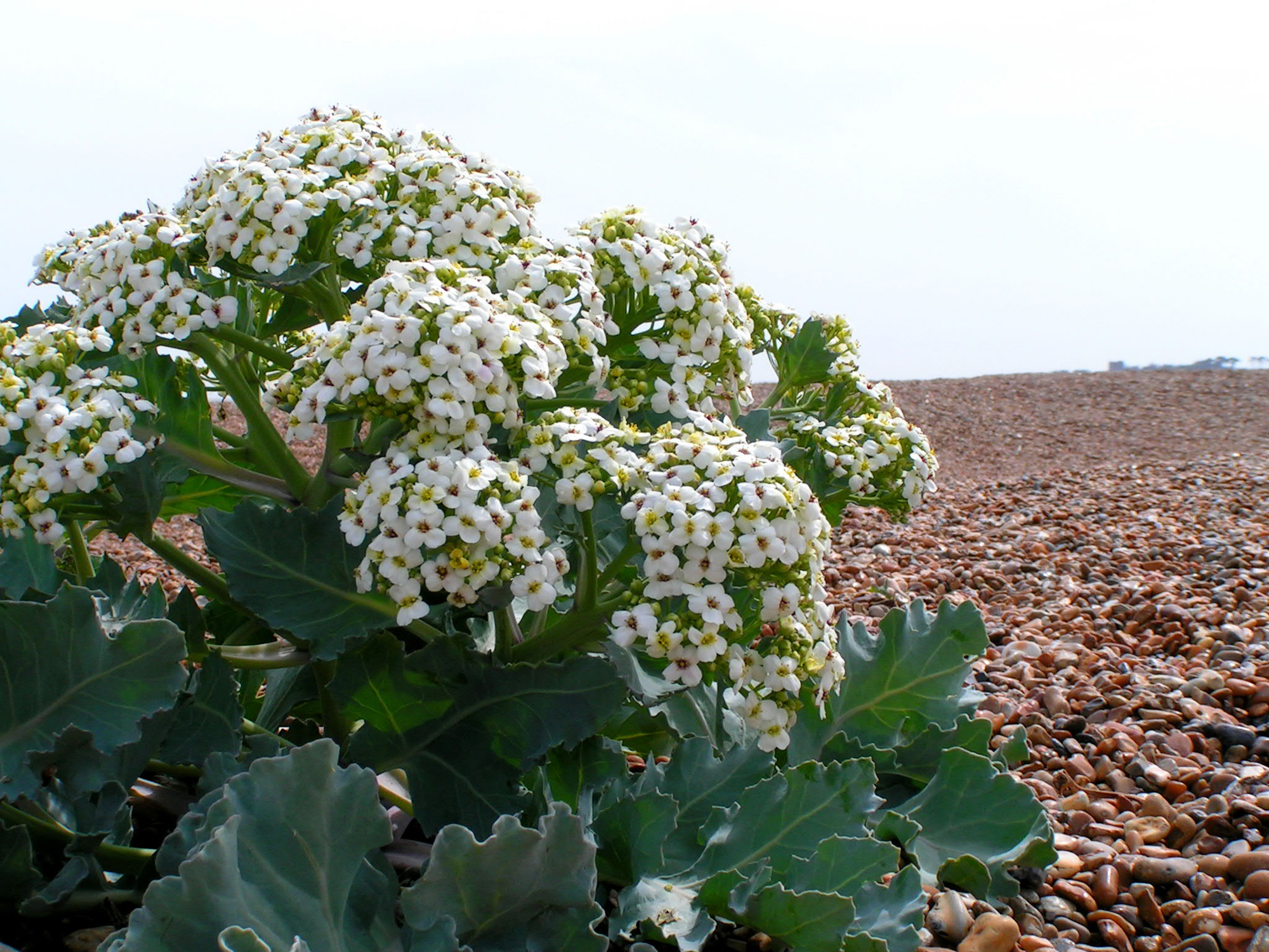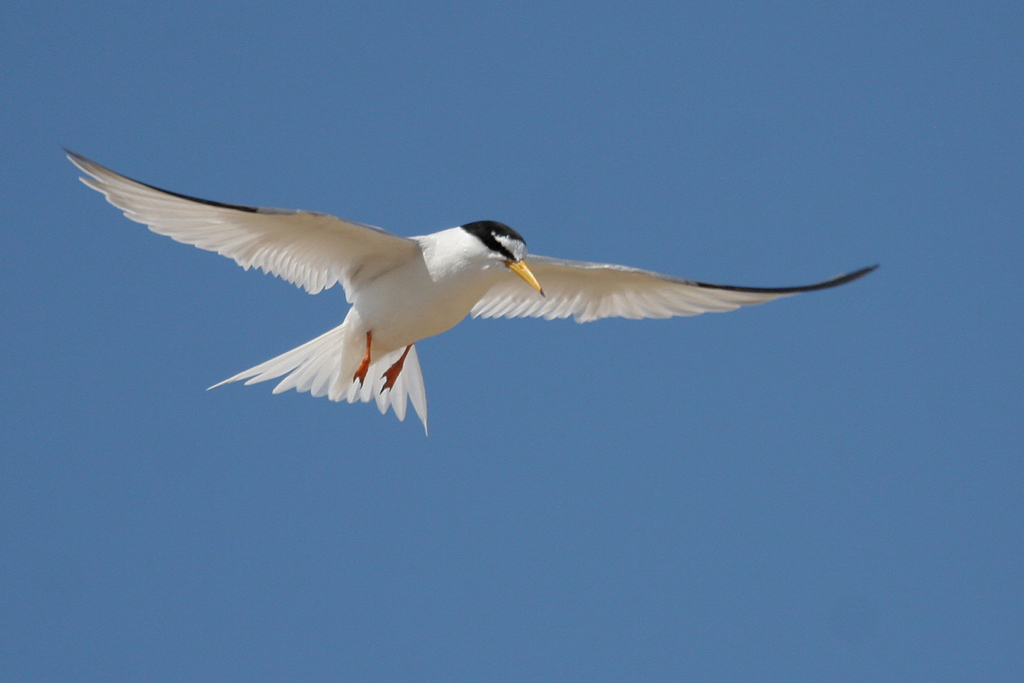Village Voices Nature Note: The Sign of Summer
01 Jun 2020
Spring has seemed particularly precious this year. I think people everywhere have been turning to nature as a solace in this time of great stress and uncertainty. We’ve found some reassurance in the fact that life in the natural world, at least, is continuing as normal. There’s a regular annual succession in nature’s calendar which gives a framework to the season: from the first Swifts daffodils to the early butterflies, next the bluebells, and then on to the first swallow (bang on schedule again this year on 15 April). But there is still one more migrant to come, as I write this, one that always seems to me to mark the point at which spring segues into summer. It’s the swift. I get swift-neck at this time every year, scanning the skies to catch my first sight of that black profile scything through the upper air. The poet Ted Hughes always took their safe arrival each summer as a sign that all was still well with the world:
They’ve made it again
Which means the globe is still working
The creation’s still waking refreshed,
Our summer’s still to come.
Sometime around the 10 May you’ll see and hear them, literally screaming overhead as they chase each other over the roof-tops, then whirling up into the heavens, only to bank and dive again at wing-shuddering speeds. They are the most aerial of all our birds. They eat, mate and even sleep on the wing, spiralling high into the sky to take the avian equivalent of cat-naps. Sometimes pilots of planes (remember them?) report seeing swifts at great heights, in a stratum other birds never reach. Incredibly, when the swifts that breed around here have reared their young and leave their nests built in crevices in church towers and the like, they don’t touch down again until they return next year. Their whole lives are spent in the air. They therefore don’t have, because they don’t need, feet that can grip and perch the way swallows can. In fact, if swifts ever land on the ground they find it very difficult to take off again. Their scientific name is apous, meaning ‘footless’. But once in the skies, they are in their true element and are designed with a perfect aerodynamic shape to cut through the air with minimum resistance. A truly charismatic bird – and quizzers might like to remember that as far as I know it’s the only British bird whose full name is an adjective: swift by name and by nature.Let’s hope they return on time as normal, because there’s no ‘normal’ in the human world now.
(PS - 8 May, they’re back!)
They’ve made it again
Which means the globe is still working
The creation’s still waking refreshed,
Our summer’s still to come.
Sometime around the 10 May you’ll see and hear them, literally screaming overhead as they chase each other over the roof-tops, then whirling up into the heavens, only to bank and dive again at wing-shuddering speeds. They are the most aerial of all our birds. They eat, mate and even sleep on the wing, spiralling high into the sky to take the avian equivalent of cat-naps. Sometimes pilots of planes (remember them?) report seeing swifts at great heights, in a stratum other birds never reach. Incredibly, when the swifts that breed around here have reared their young and leave their nests built in crevices in church towers and the like, they don’t touch down again until they return next year. Their whole lives are spent in the air. They therefore don’t have, because they don’t need, feet that can grip and perch the way swallows can. In fact, if swifts ever land on the ground they find it very difficult to take off again. Their scientific name is apous, meaning ‘footless’. But once in the skies, they are in their true element and are designed with a perfect aerodynamic shape to cut through the air with minimum resistance. A truly charismatic bird – and quizzers might like to remember that as far as I know it’s the only British bird whose full name is an adjective: swift by name and by nature.Let’s hope they return on time as normal, because there’s no ‘normal’ in the human world now.
(PS - 8 May, they’re back!)
Jeremy Mynott








